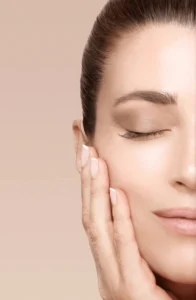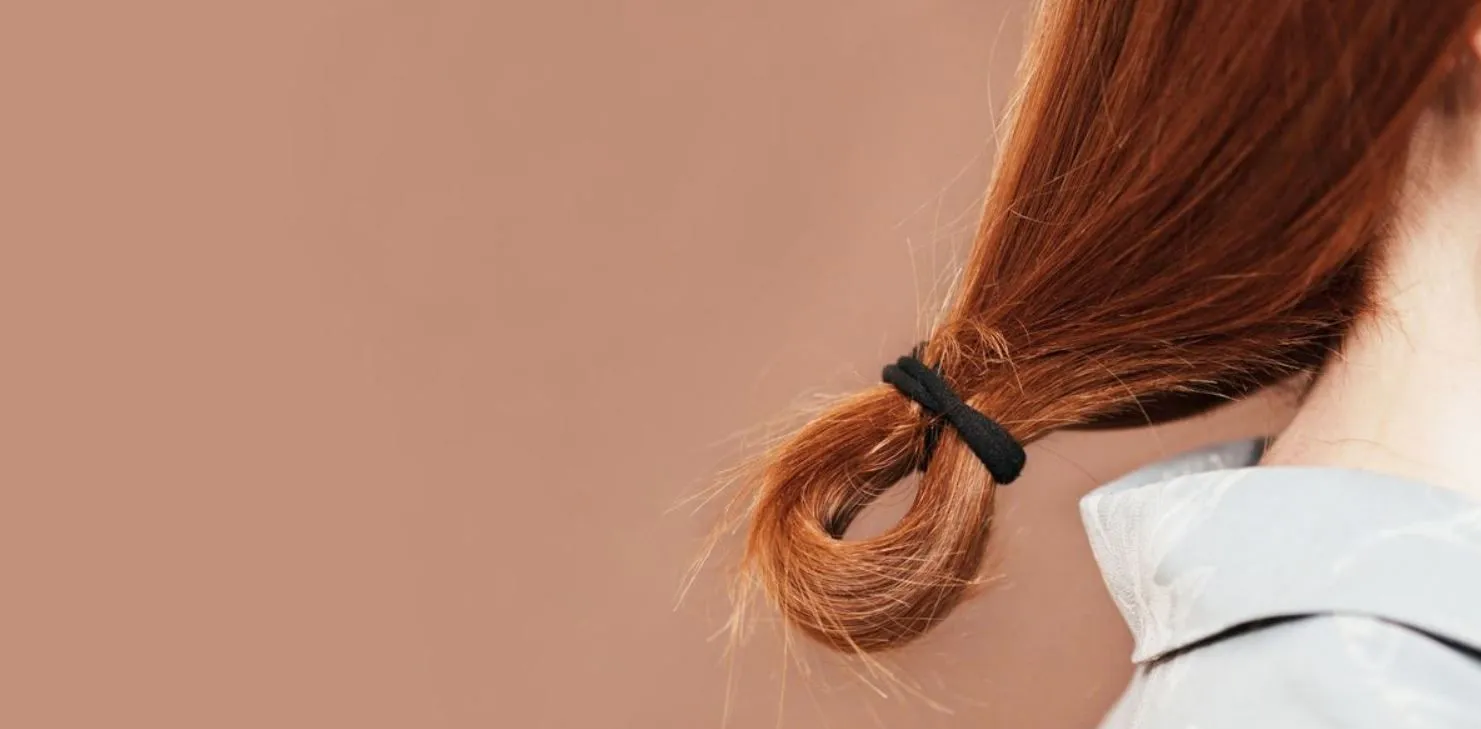Split ends are a common hair concern that can affect anyone, regardless of hair type or length. They occur when the protective outer layer of the hair shaft, known as the cuticle, becomes damaged, causing the hair to split at the tips. While split ends may seem minor, they can lead to overall hair damage and hinder healthy growth if left untreated. This article delves into the causes of split ends, prevention strategies, and effective treatments to restore your hair’s vitality and strength.
What Causes Split Ends?
Split ends arise from various factors that weaken the hair shaft over time. Common causes include:
- Heat Styling Tools: Excessive use of flat irons, curling wands, and blow dryers depletes the hair’s natural moisture, making it prone to splitting.
- Chemical Treatments: Hair coloring, bleaching, and relaxing treatments can compromise the hair’s structural integrity, leading to breakage and split ends.
- Mechanical Damage: Frequent brushing, backcombing, or using the wrong hair accessories can stress the hair shaft, causing splits.
- Environmental Factors: Exposure to UV rays, pollution, and extreme weather conditions can erode the hair’s natural protective barrier.
- Improper Hair Care: Skipping conditioner, using harsh shampoos, and towel-drying roughly can exacerbate damage over time.
- Nutritional Deficiencies: A lack of essential nutrients, such as biotin, zinc, and omega-3 fatty acids, can weaken hair structure.
Signs of Split Ends
Recognizing split ends is crucial for early intervention. Look out for:
- Frayed or feathered tips.
- Hair that tangles easily.
- A rough or uneven texture at the ends.
- Increased hair breakage.
- Dullness and lack of shine.
Professional Split End Treatments
While trimming is the only permanent solution to remove split ends, several treatments can help minimize their appearance and prevent further damage. Here are some professional recommendations:
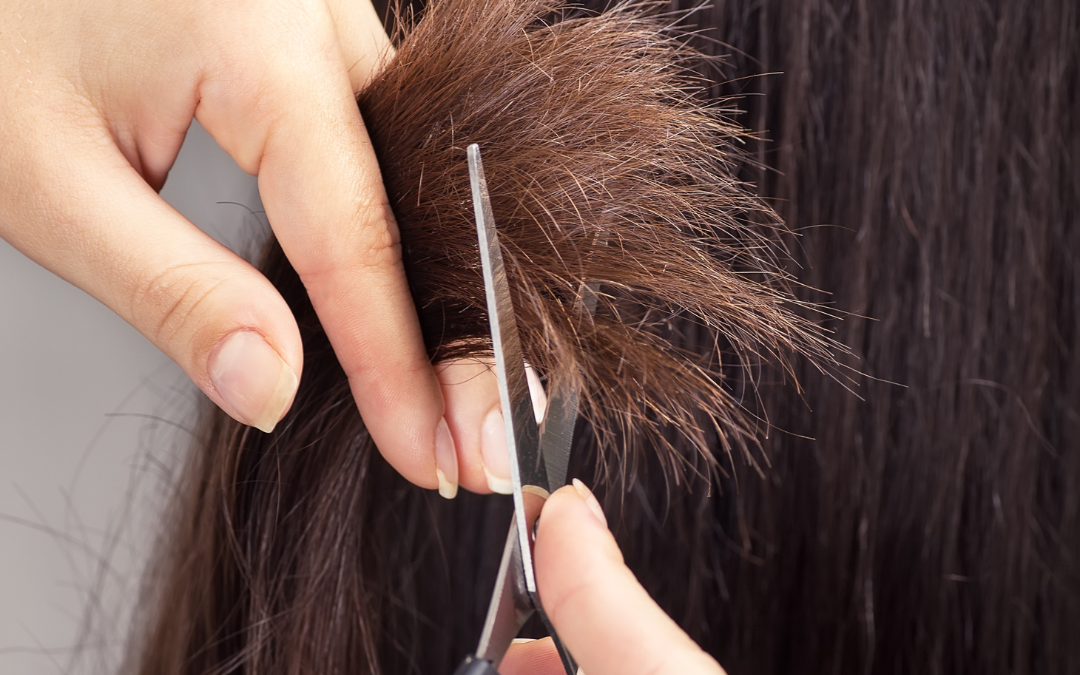
1. Regular Trims
Schedule hair trims every 6-8 weeks to remove split ends and maintain healthy hair. Professional stylists use sharp shears to ensure a clean cut, preventing further fraying.
2. Split End Serums
Opt for serums specifically formulated to seal split ends temporarily. These products contain ingredients like:
- Silicones: Smooth and coat the hair shaft.
- Keratin: Repairs and strengthens the hair.
- Argan Oil: Provides hydration and shine.
3. Deep Conditioning Treatments
Weekly deep conditioning masks nourish and repair damaged hair, preventing split ends from worsening. Look for masks containing:
- Hydrolyzed Proteins: Strengthen the hair shaft.
- Shea Butter: Moisturizes and protects.
- Avocado Oil: Rich in essential fatty acids.
4. Professional Hair Treatments
- Olaplex Treatment: Repairs broken bonds within the hair shaft, making it an excellent option for chemically treated or heat-damaged hair.
- Keratin Treatment: Smooths and strengthens hair while reducing the appearance of split ends.
- Scalp Treatments: Healthy scalp care supports stronger hair growth, reducing the likelihood of split ends.
5. Heat Protection
Always apply a heat protectant spray before using styling tools. These sprays create a barrier that shields the hair from high temperatures, preventing split ends.
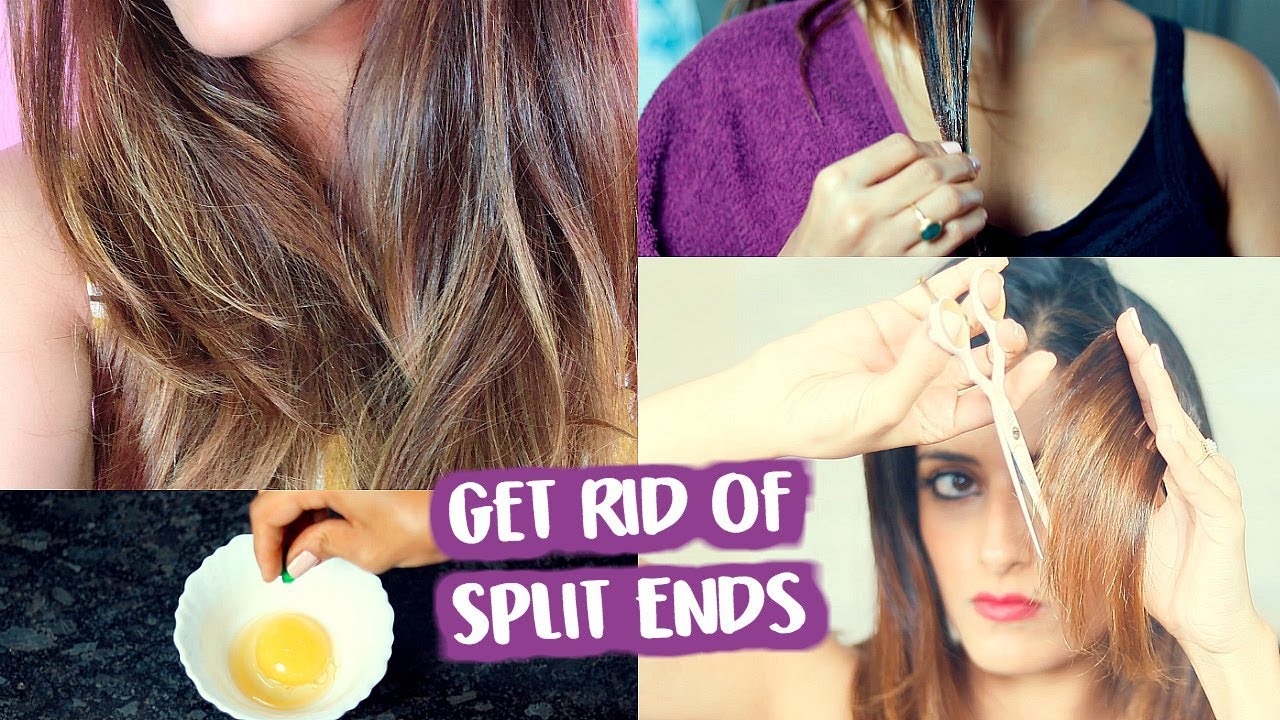
Home Remedies for Split Ends
For those seeking natural solutions, the following remedies can help manage split ends:
1. Coconut Oil Mask
Warm coconut oil and apply it to your hair, focusing on the ends. Leave it on for at least an hour before rinsing. Coconut oil penetrates the hair shaft, providing deep hydration.
2. Egg and Honey Mask
Mix one egg with two tablespoons of honey and a tablespoon of olive oil. Apply this mixture to your hair for 20-30 minutes. The protein in eggs helps repair damage, while honey locks in moisture.
3. Aloe Vera Gel
Apply fresh aloe vera gel to the ends of your hair. Its hydrating and reparative properties can reduce the appearance of split ends.
4. Avocado and Yogurt Mask
Mash half an avocado and mix it with three tablespoons of yogurt. Apply the mask to your hair for 30 minutes to nourish and repair damage.
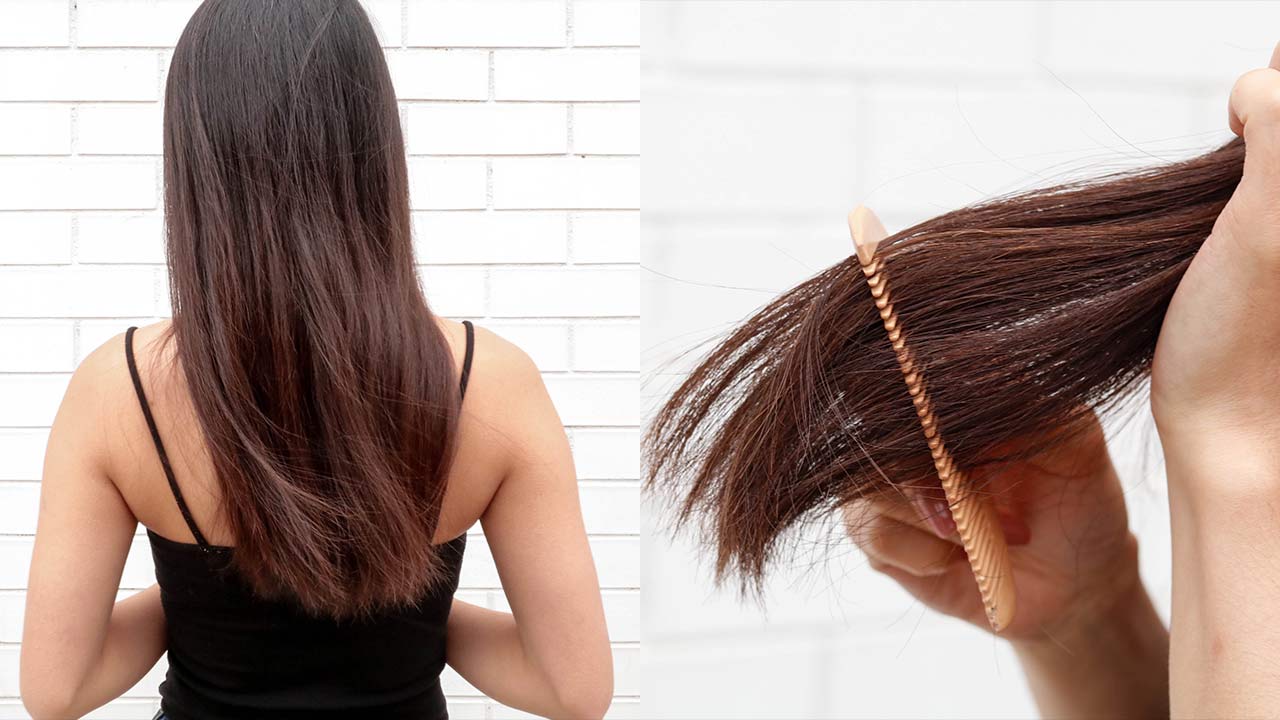
Preventing Split Ends
Prevention is key to maintaining healthy, split-free hair. Here are some tips:
1. Gentle Hair Care Practices
- Use a wide-tooth comb to detangle wet hair.
- Avoid aggressive brushing and backcombing.
- Opt for soft, fabric-covered hair ties instead of rubber bands.
2. Limit Heat Styling
Minimize the use of heat styling tools. When necessary, use the lowest heat setting and a heat protectant spray.
3. Hydration is Essential
Keep your hair hydrated by using leave-in conditioners and hydrating serums.
4. Protect from Environmental Damage
Wear a hat or scarf in harsh sunlight and windy conditions to protect your hair.
5. Balanced Diet
Include foods rich in biotin, omega-3 fatty acids, and vitamins A, C, and E to support healthy hair.
6. Use the Right Products
Choose shampoos and conditioners designed for your hair type. Opt for sulfate-free and paraben-free options for gentle cleansing.
Debunking Myths About Split Ends
- Myth: Split Ends Can Be Repaired Permanently Without Trimming While some products can temporarily seal split ends, trimming is the only permanent solution.
- Myth: Cutting Hair Frequently Makes It Grow Faster Trimming eliminates split ends and prevents further damage but does not affect hair growth rate.
- Myth: Only Long Hair Gets Split Ends Split ends can occur in hair of any length due to damage and improper care.
When to Consult a Specialist
If split ends persist despite following a proper care routine, consult a dermatologist or trichologist. Persistent damage may indicate underlying scalp conditions or deficiencies requiring professional treatment.
Conclusion
Split ends are a manageable hair concern with the right combination of professional treatments, preventive care, and nourishing products. By understanding the causes and adopting a tailored hair care routine, you can maintain healthy, vibrant hair. Whether you choose professional treatments, home remedies, or a blend of both, consistency is key to achieving long-lasting results. Your journey to beautiful, split-free hair starts with informed care and expert solutions.
